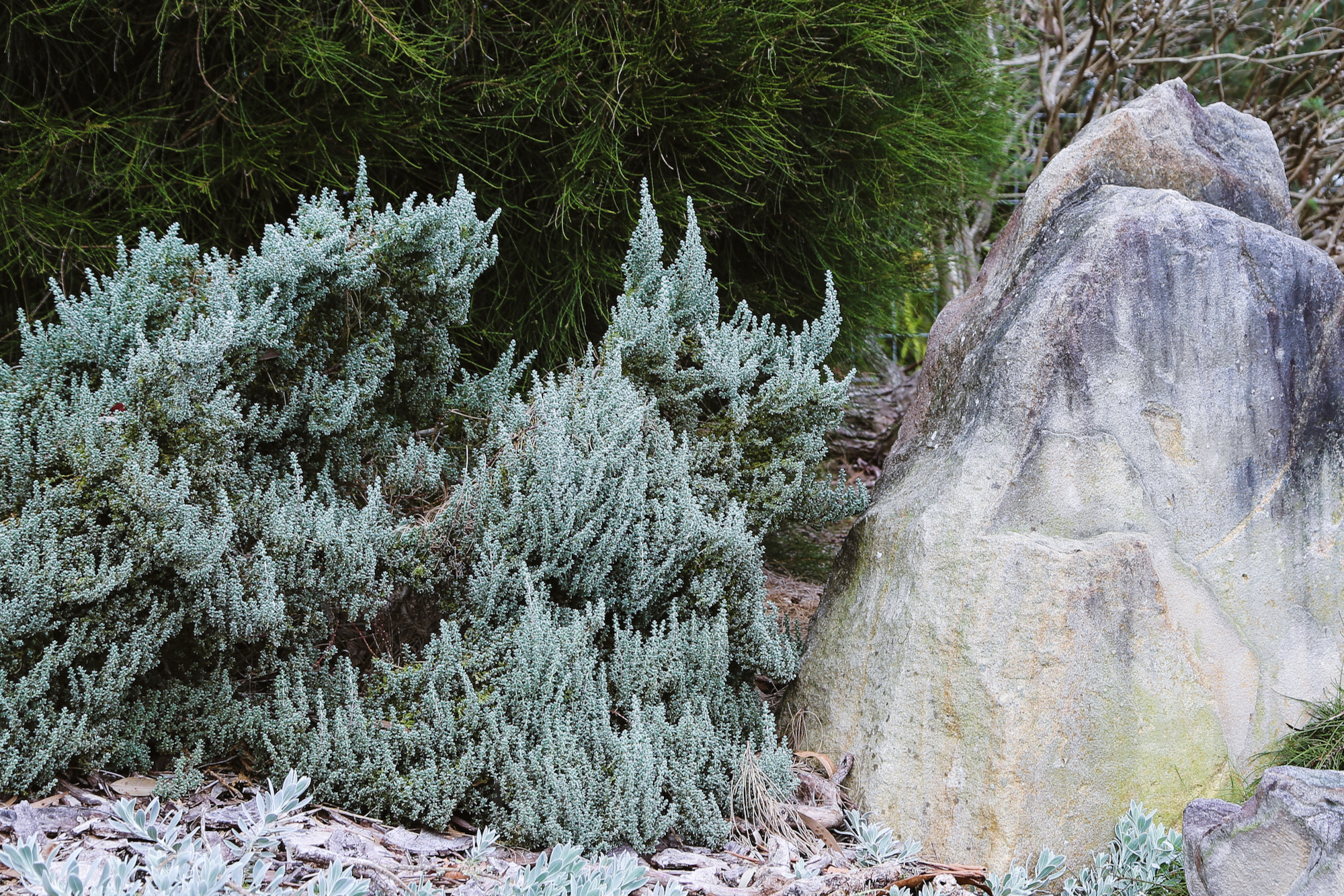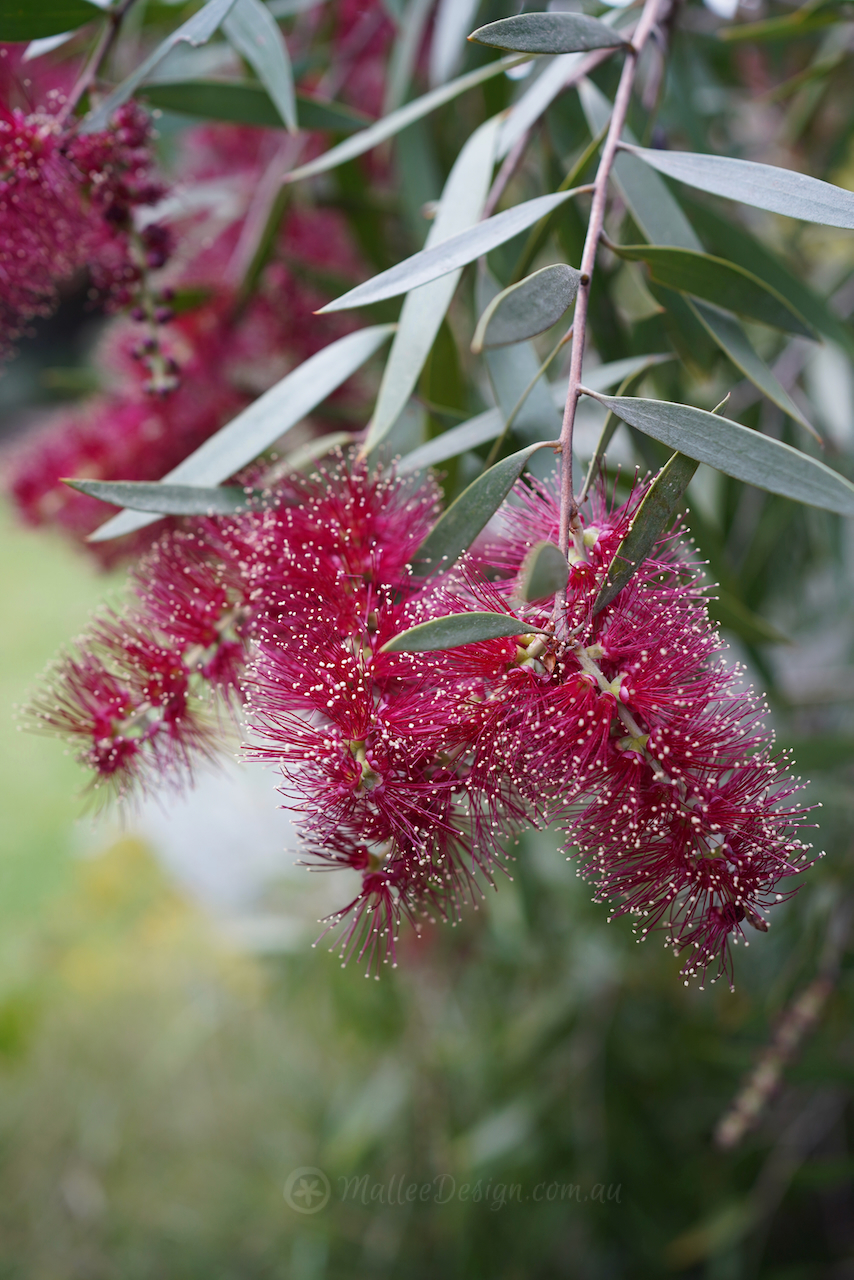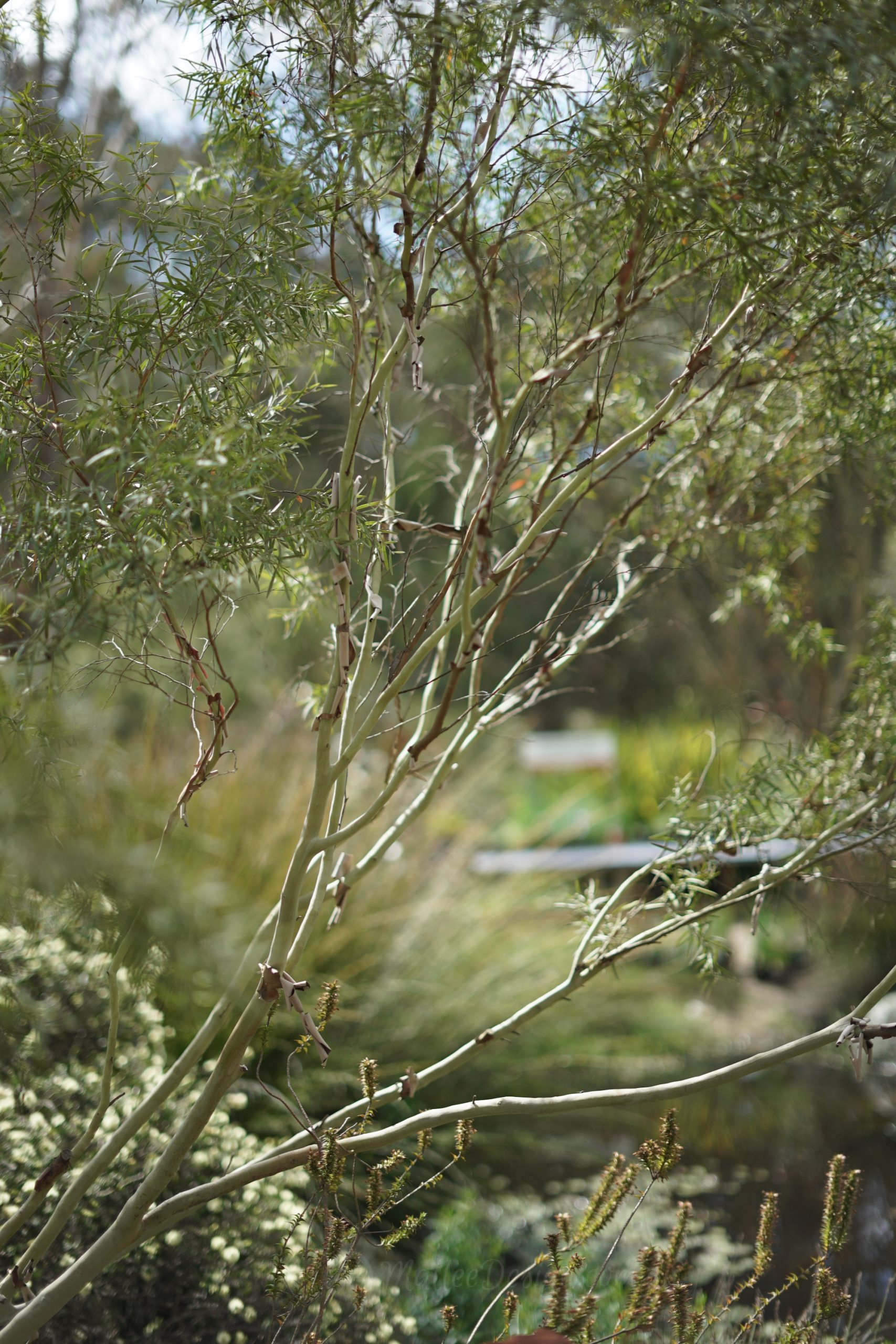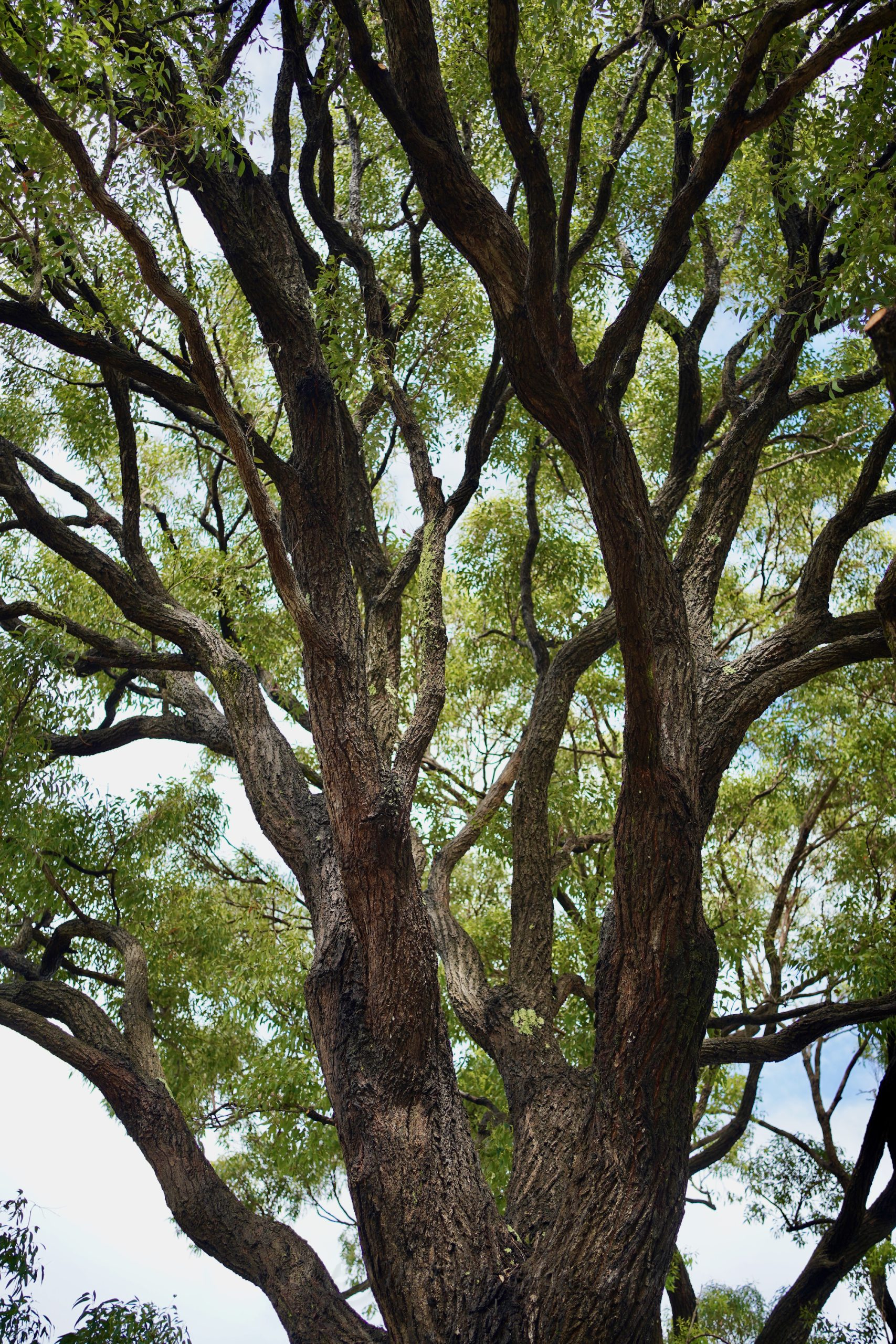-
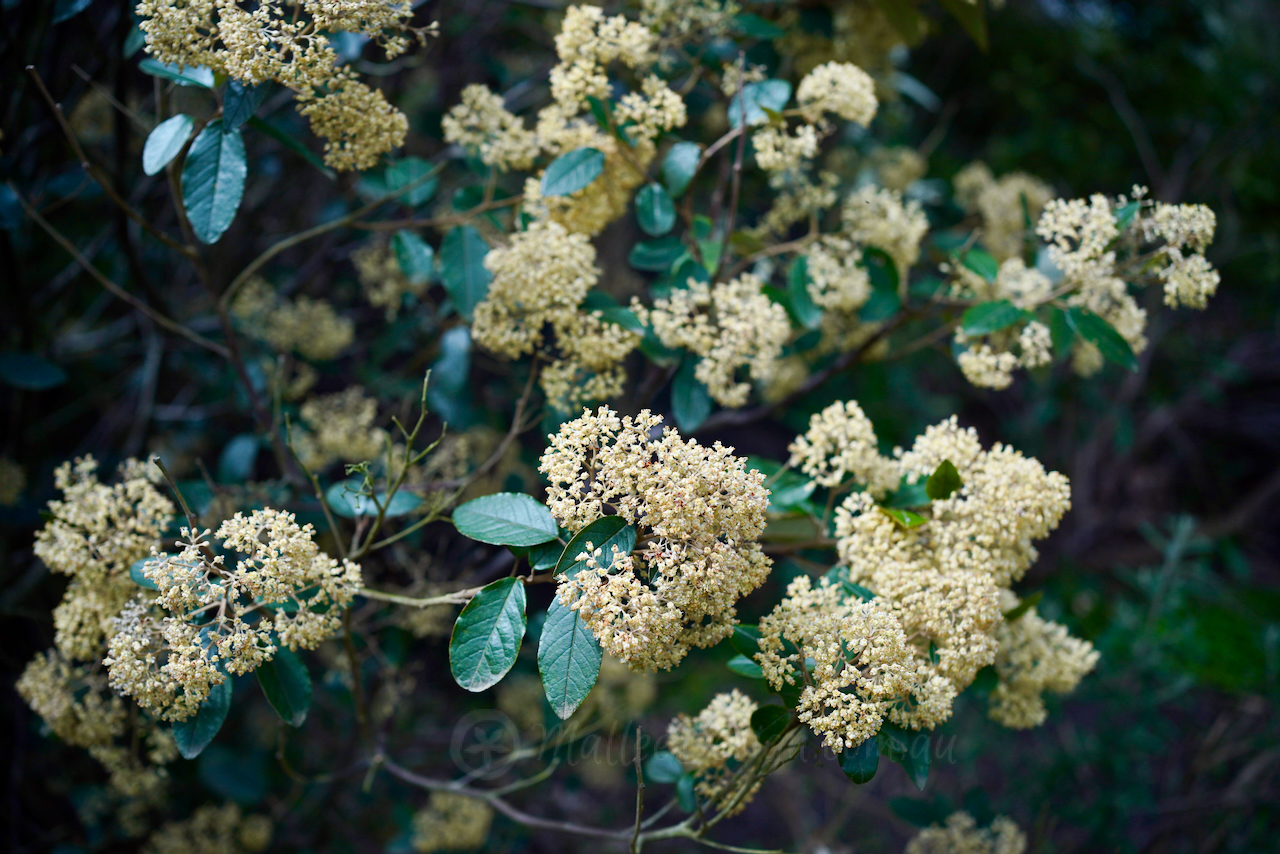
Pomaderris Elliptica: feature screening
After much sleuthing and a little bit of travel I have finally figured out which Pomaderris I saw flowering its head off in Cranbourne Botanical gardens last year. It only took a quick dash around Hobart Botanical Gardens, a few weeks ago, where I spotted it with a label! I am also guilty of planting…
-
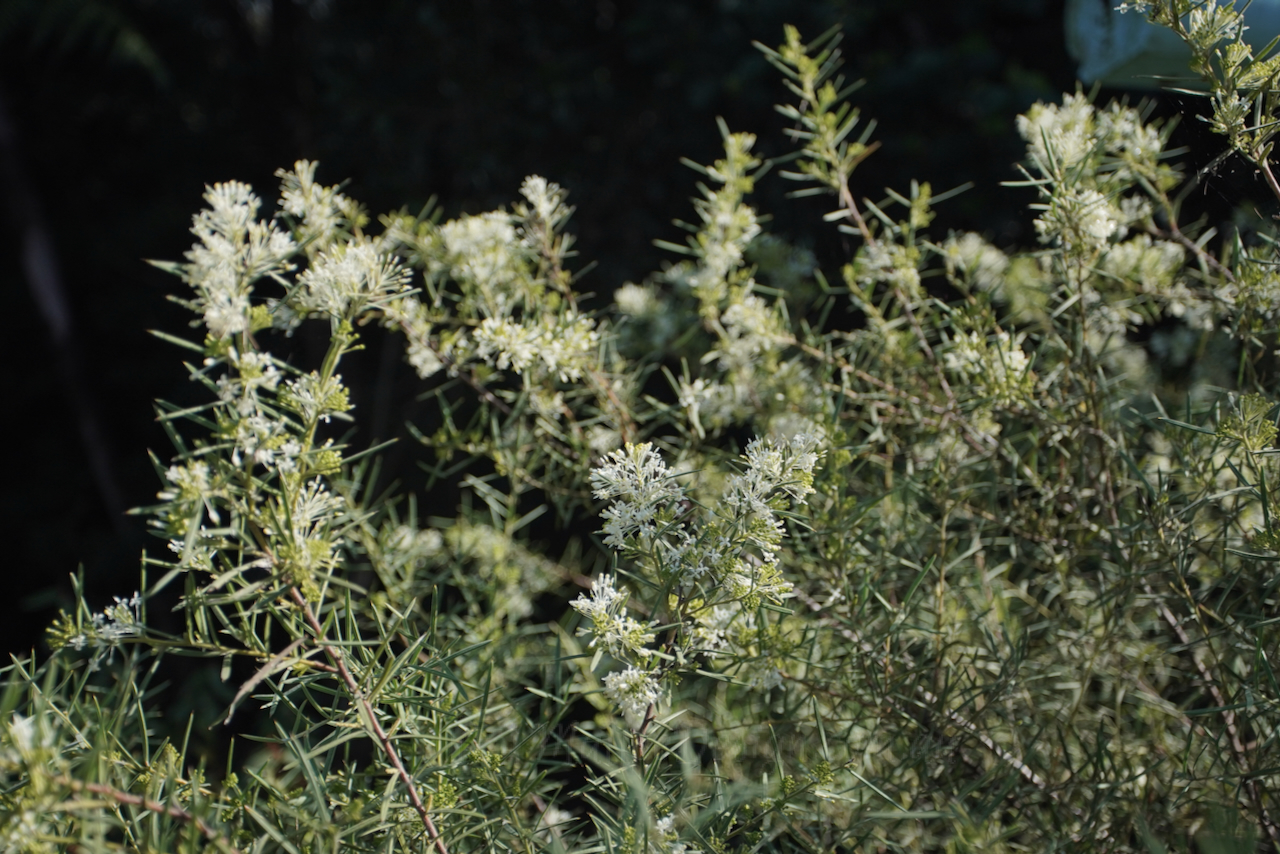
Grevillea anethifolia: Prefectly Prickly
This Grevillea is commonly known as the ‘Spiny Cream Spider Flower’ and is very aptly named. The leaves have needle like points and the whole plant makes a wonderful dense prickly shelter for small birds. These photos were taken in the Illawarra Grevillea Park, I also have a grafted Grevillea anethifolia growing happily in my…
-
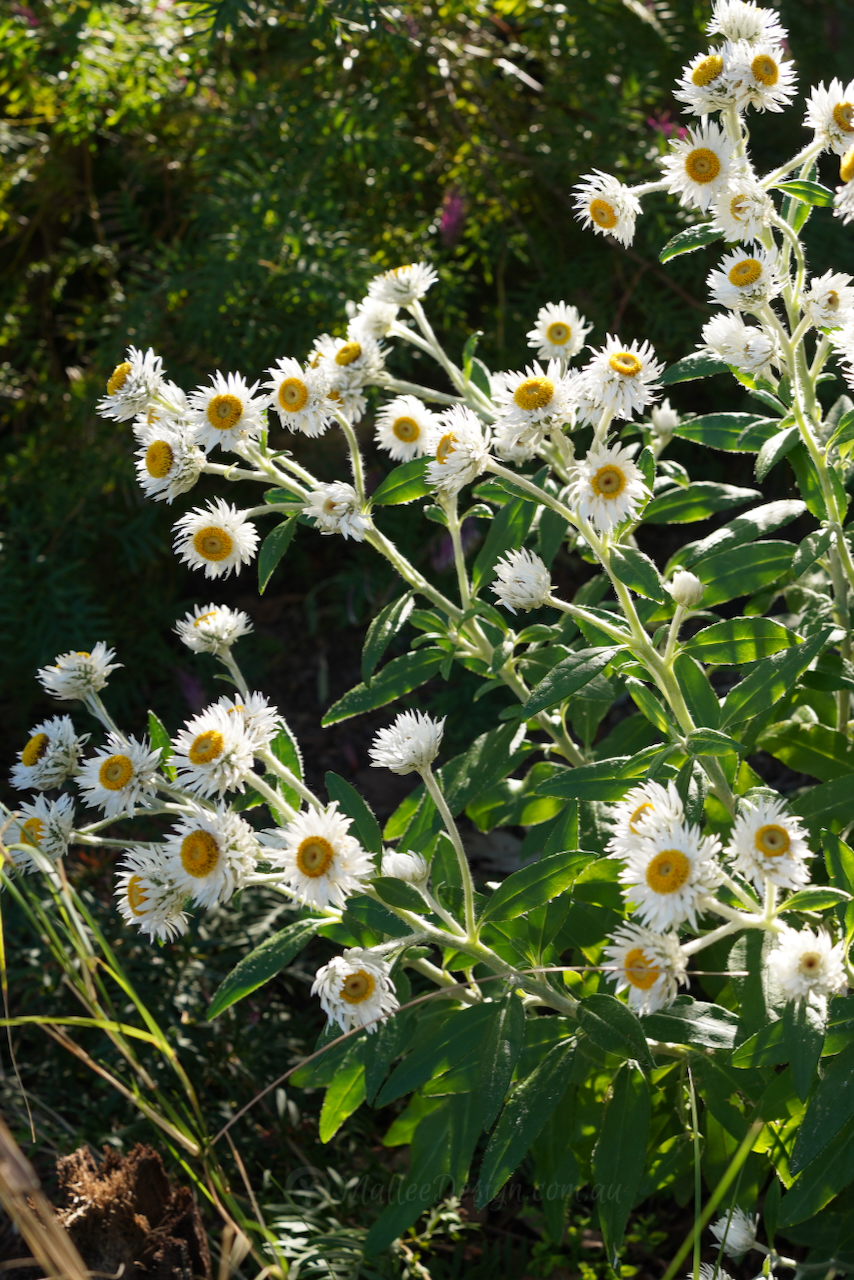
Coronidium elatum: The lesser Known paper daisy
This is a paper daisy which you may have seen growing in the bush, popping its flower heads up but often looking quite scraggly. Well the good news is this species of paper daisy makes a wonderful garden specimen. It responds so well to pruning, it can be shaped into a small shrub and will…
-
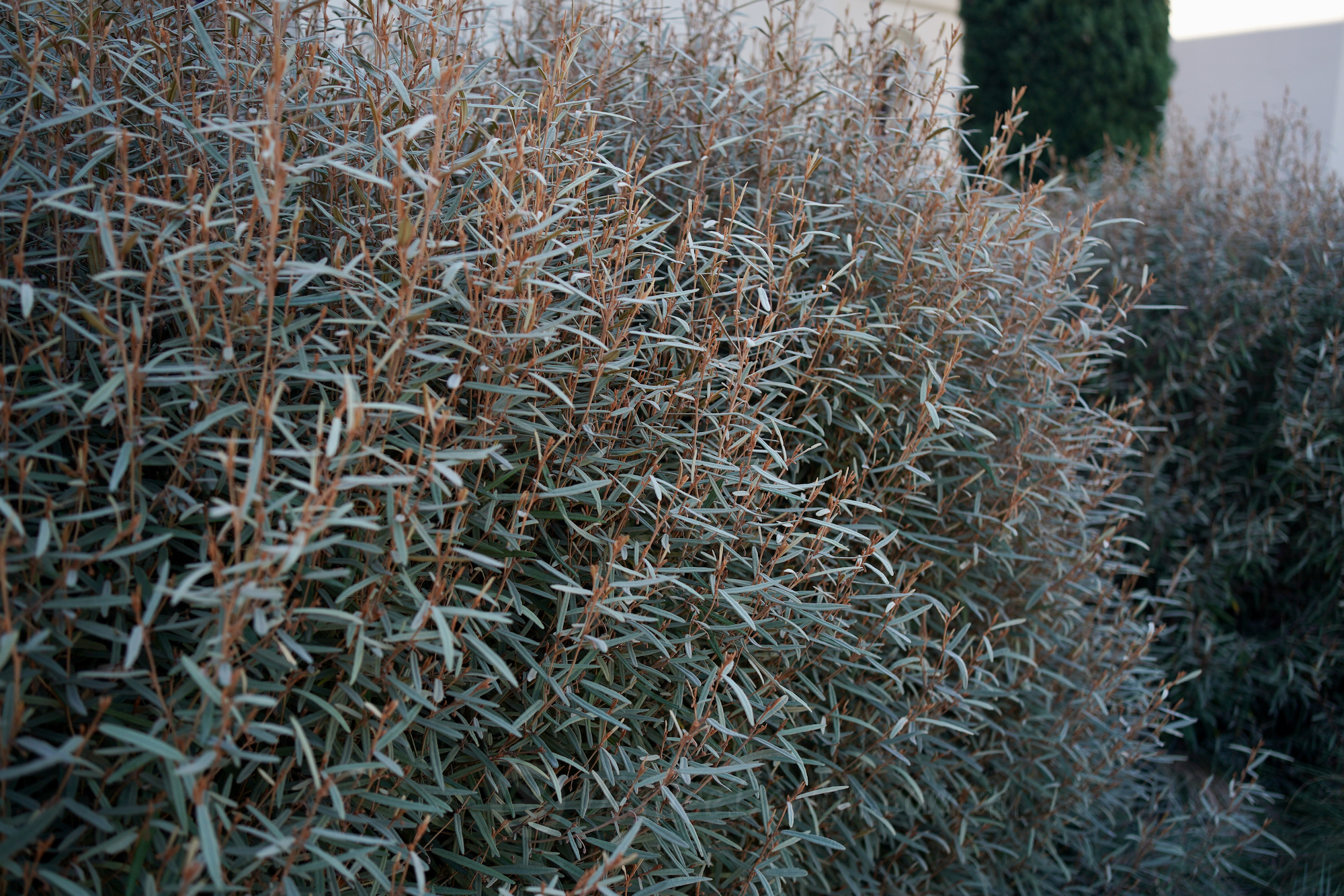
Another furry leaved beauty: Lasiopetalum baueri
This is commonly known as Slender Velvet Bush, which is a most apt description of this interesting under-storey shrub. Lasiopetalum baueri has rusty coloured , furry new growth and pretty delicate pink flowers in Winter. The dried flowers are long-lasting and have potential as a cut flower and the attractive foliage lasts for ages in…
-
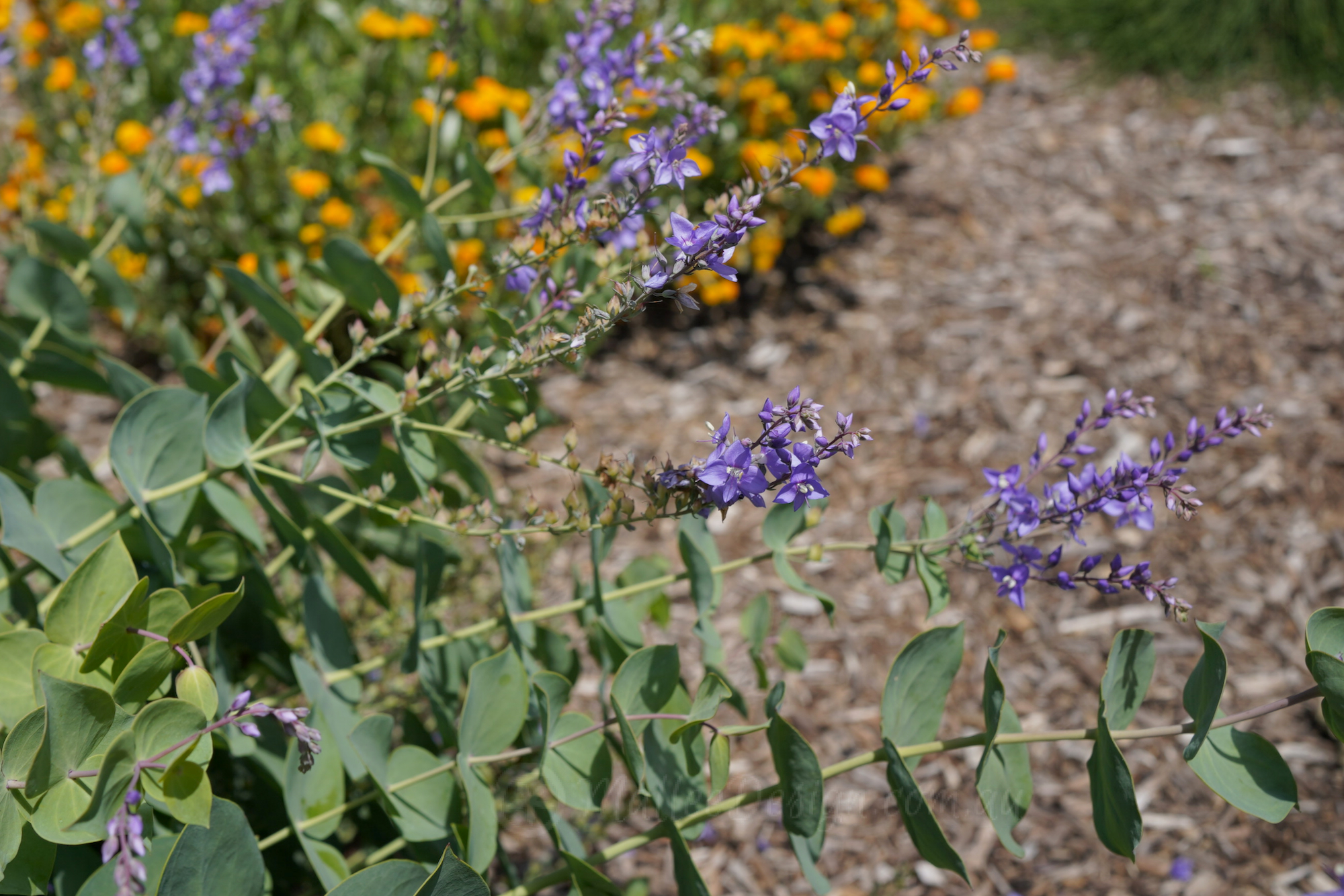
Lovely shrub of many names: Veronica perfoliata
This is to my knowledge currently Veronica perfoliata, it has gone through several differing identities and name changes, I won’t go into all of that, it just seems a shame as I think it may have detracted people from knowing about this useful plant. Firstly I love it because it has a very Eucalypt like foliage…
-
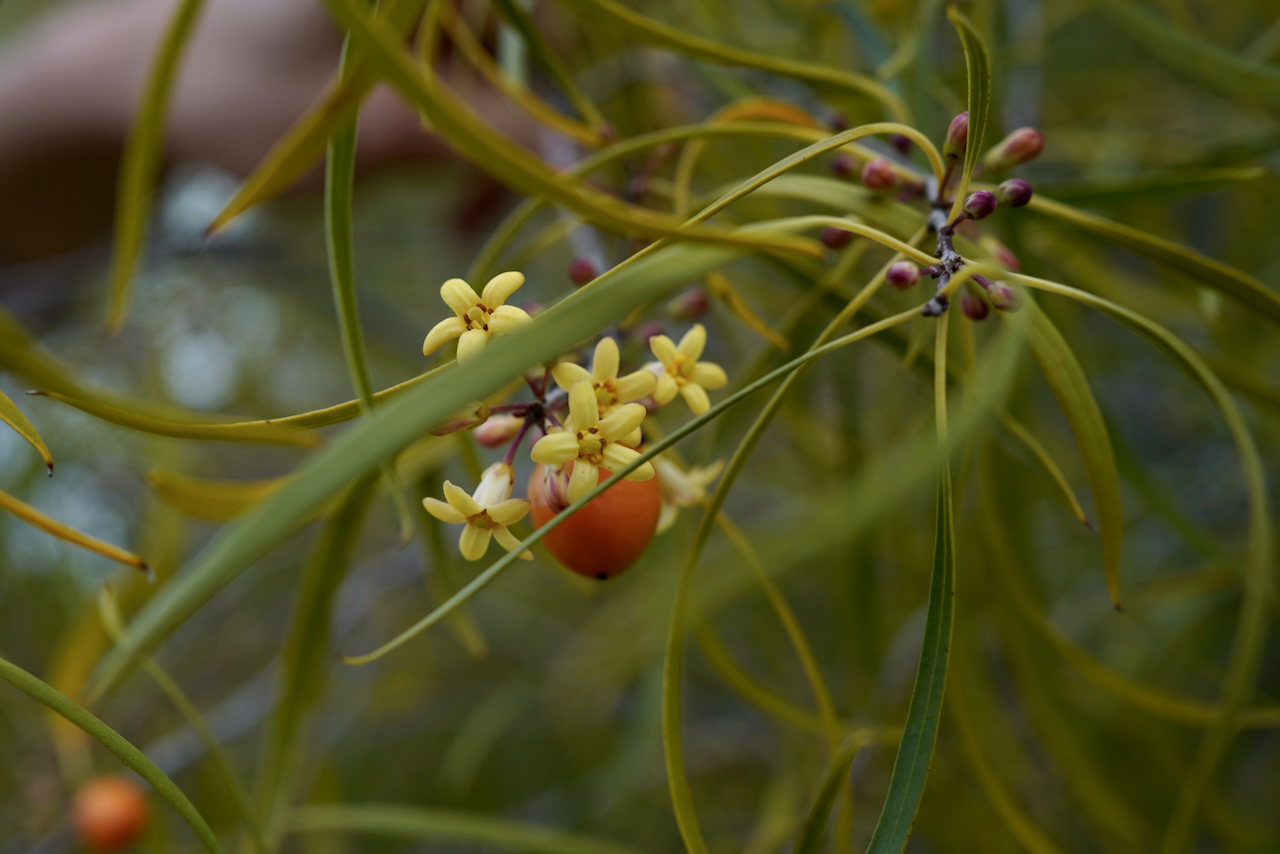
Powerful medicinal tree: Pittosporum angustifolium
This is a small native Medicine plant affectionately known as Gumbi Gumbi, it actually has many names as it has many uses. It is also known as Western Pittosporum, Berrigan, Bitter Bush, Cattle Bush, Cheesewood, Butter Bush, Native Willow or Native Apricot. The properties of Gumbi Gumbi are quite potent and only those familiar with…
-
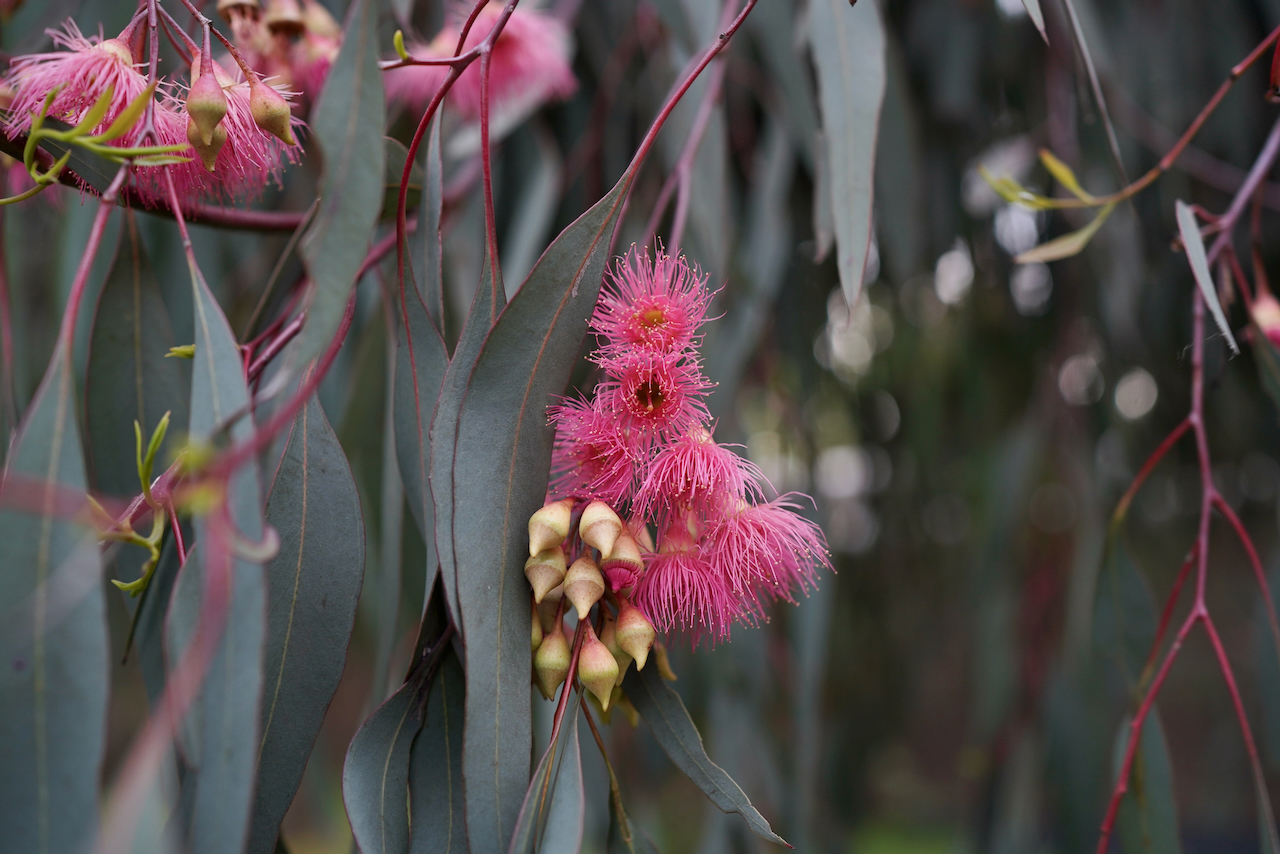
‘Red Iron Bark’ – Eucalyptus sideroxylon Rosea
I live in Iron Bark territory, on a clay soil, near the coast, the local Iron Barks stand up to the strong coastal winds and often boggy soil. One introduced Iron bark that does very well in my area is Eucalyptus sideroxylon Rosea, this is a stunning medium sized tree, that I gladly recommend for…
-
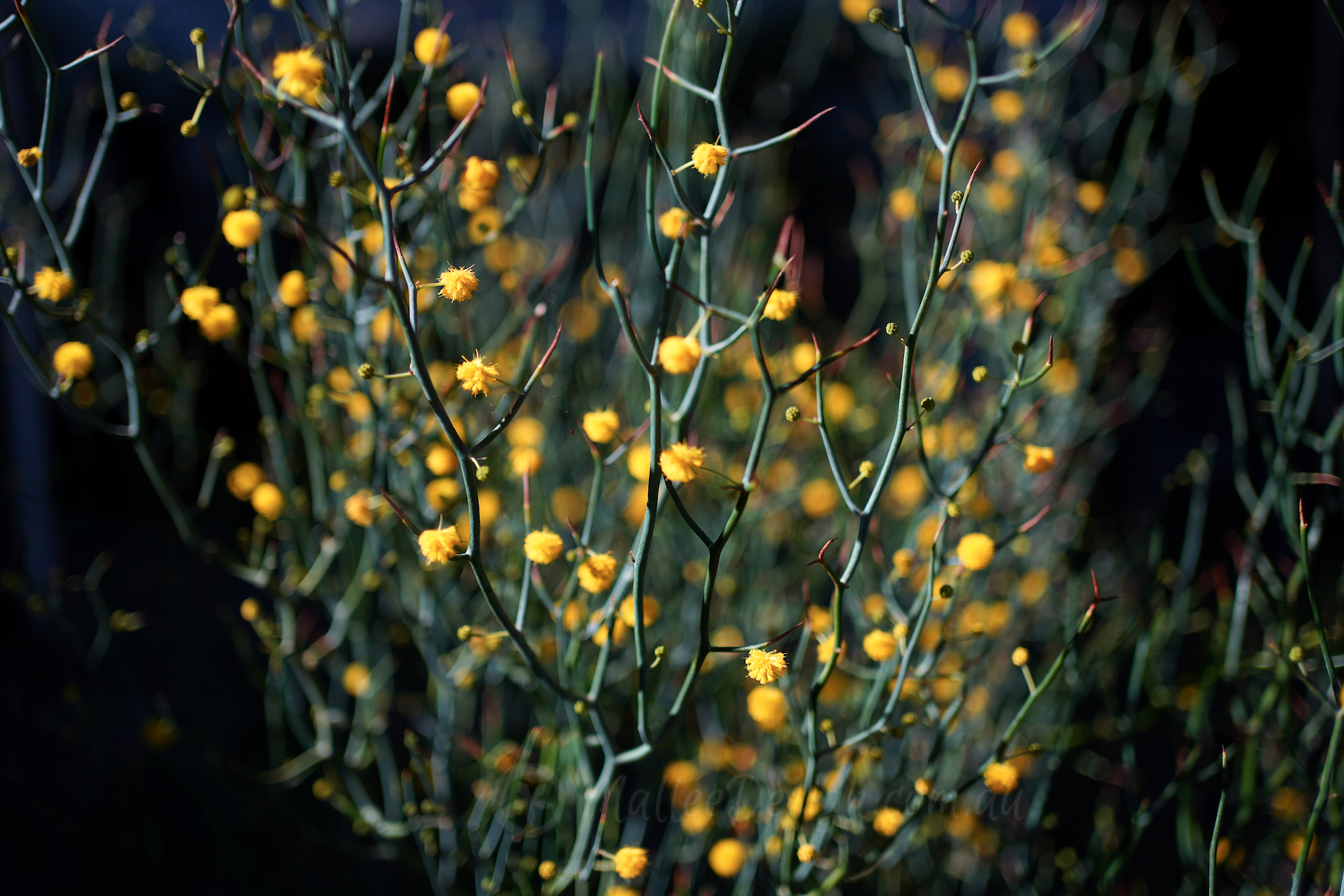
Happy Wattle Day: Acacia aphylla
Happy National Wattle Day and the official first day of Spring, although the weather where I live has been behaving more like Summer, which is extremely concerning. Nevertheless I am always happy to celebrate our Acacia species and this one I have been so patiently waiting for it to flower, and finally starting in Autumn…
-
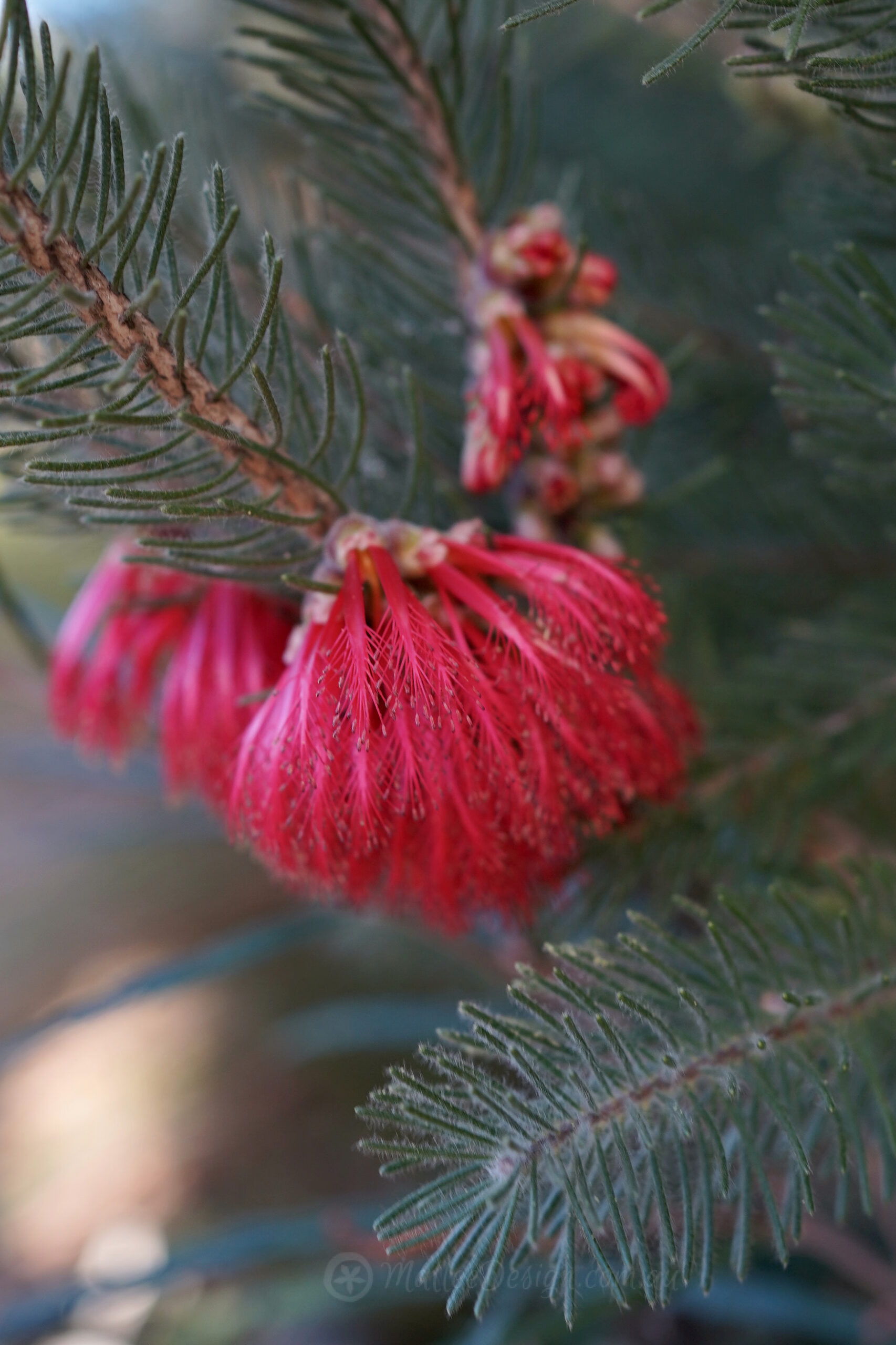
Calothamnus quadrifidus grey: texture and toughness
I thought I had already dedicated a blog post to this steadfast native shrub but have just realised it has featured a few times but hasn’t been praised individually yet. Very strange as this is a staple in many of my screening plantings or used as a feature shrub, especially as it will quite happily…
-
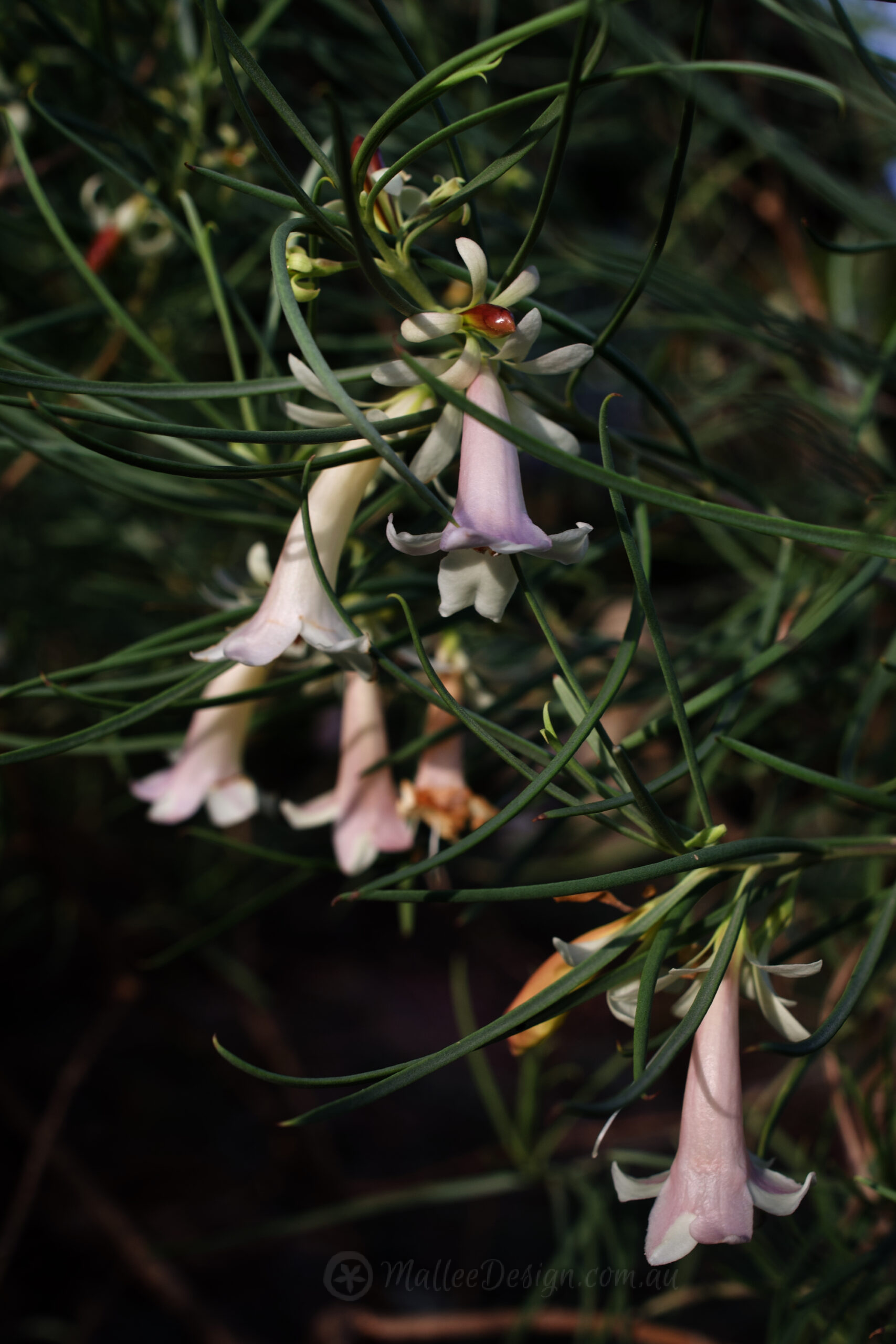
The multifaceted Eremophila oppositifolia
Eremophila oppositifolia is very deceiving , it appears delicate and a little fussy but in actual fact it is one of the hardiest native shrubs around. Most Eremophila or Emu bush grow naturally in Western and Southern Australia and although they come from area with a Mediterranean climate many of them are quite adaptable in…
-
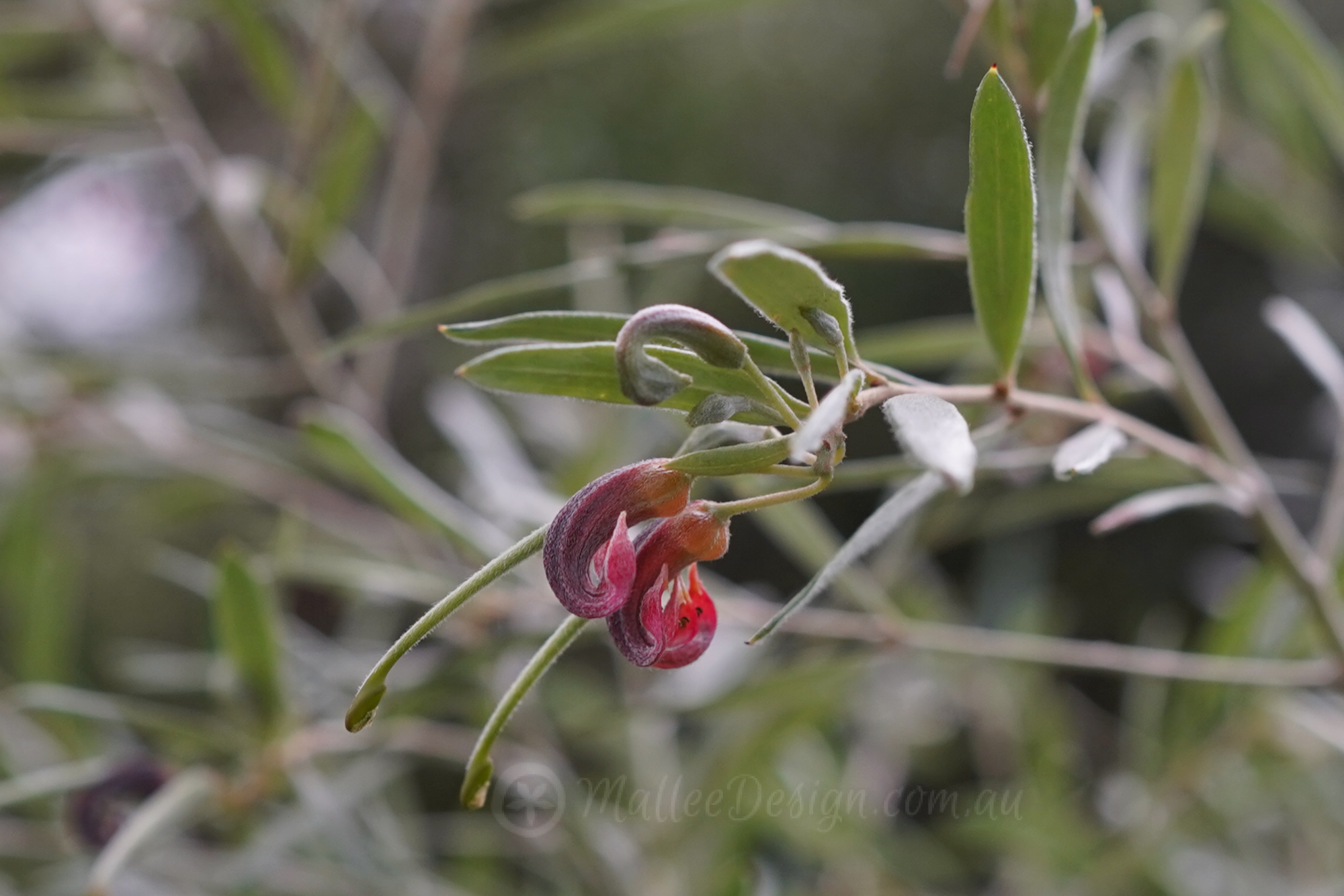
Outstanding: Grevillea arenaria
This is an outstanding plant for attracting birds, providing nesting habitat, shelter and nectar for honeyeaters and insectivorous birds. George Adams ‘Birdscaping Australian Gardens’ Thanks George I couldn’t have said it any better! I love my copy of the above book and use it all the time, I also love Grevillea arenaria or the Nepean…
-
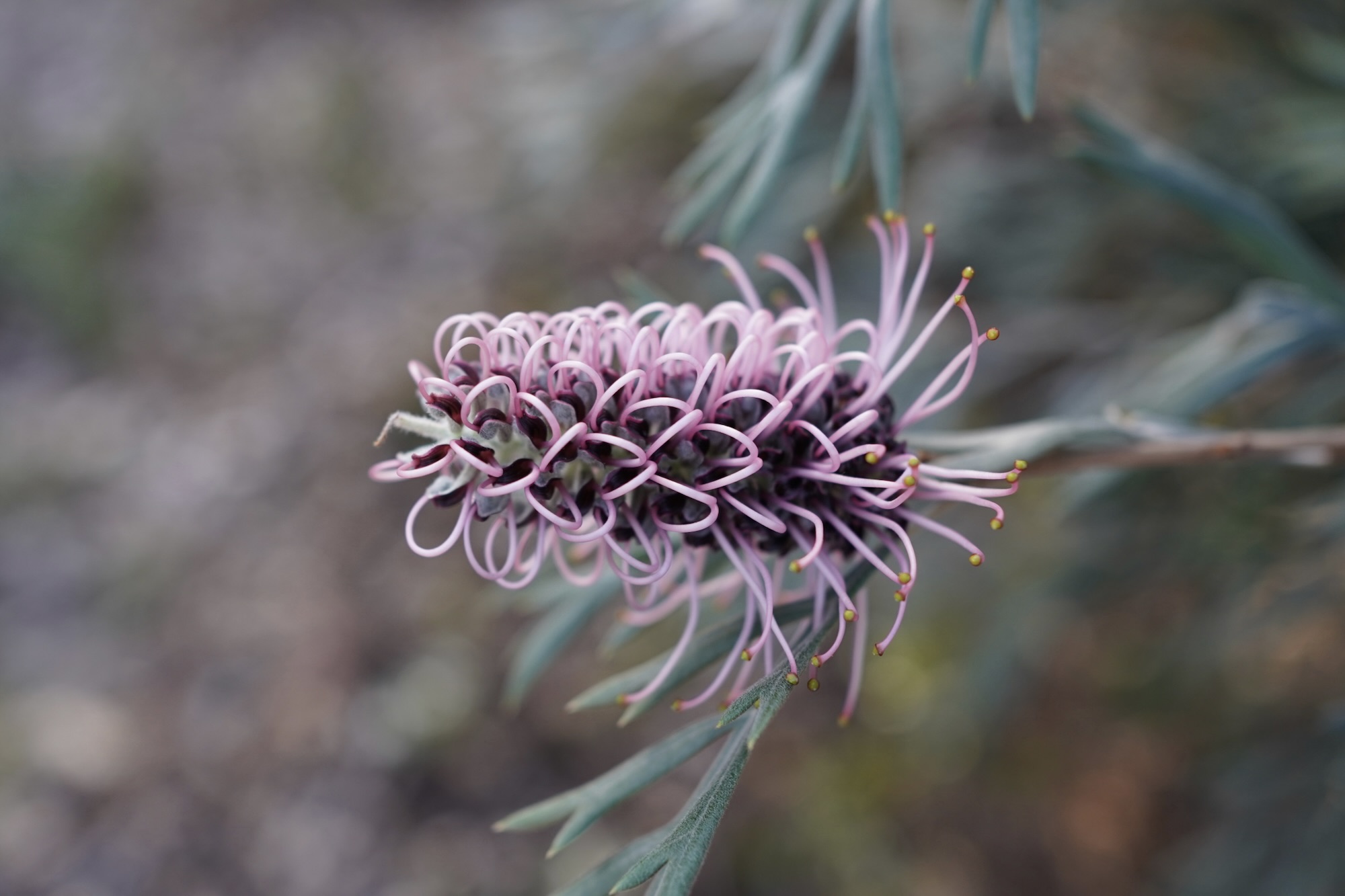
The Invaluable Grevillea ‘Dorothy gordon’
I struggle a little with some of the Large flowering Grevilleas, they tend to attract the more aggressive nectar feeding birds like Rainbow Lorikeets and Noisy Miners. These birds then tend to dominate the garden scaring away the smaller more timid birds. However I do make an exception for a hand full of large flowering…
-
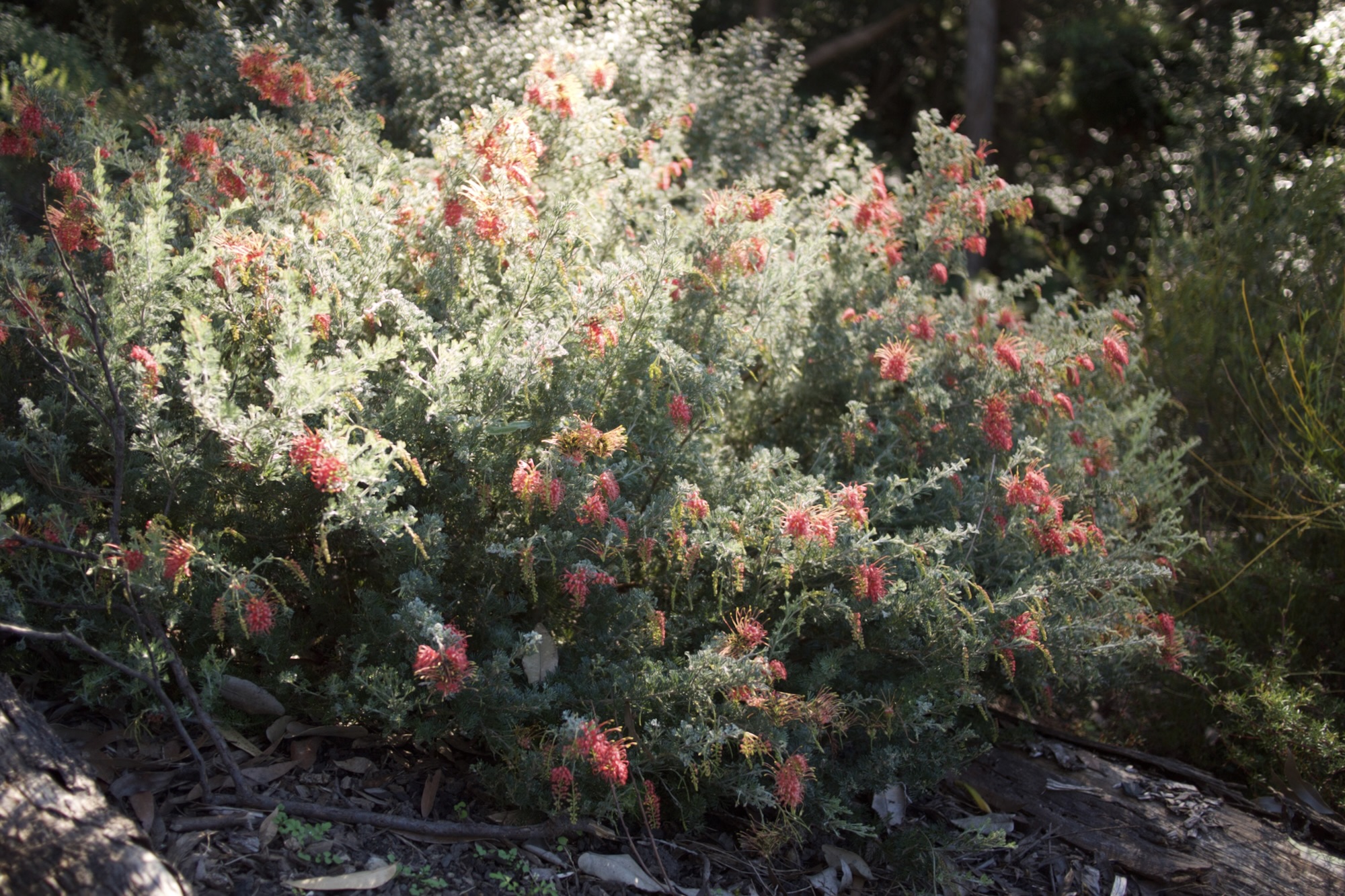
Soft and Foamy Grevillea’Seaspray’
Generally I am drawn to plants which are tactile and gentle, whether that be a weeping habit, furry leaf or light breezy foliage. By nature many of our Australian native plants have a grey or silver leaf, which helps them withstand extreme heat or salty sea air, this type of leaf I love as it…
-
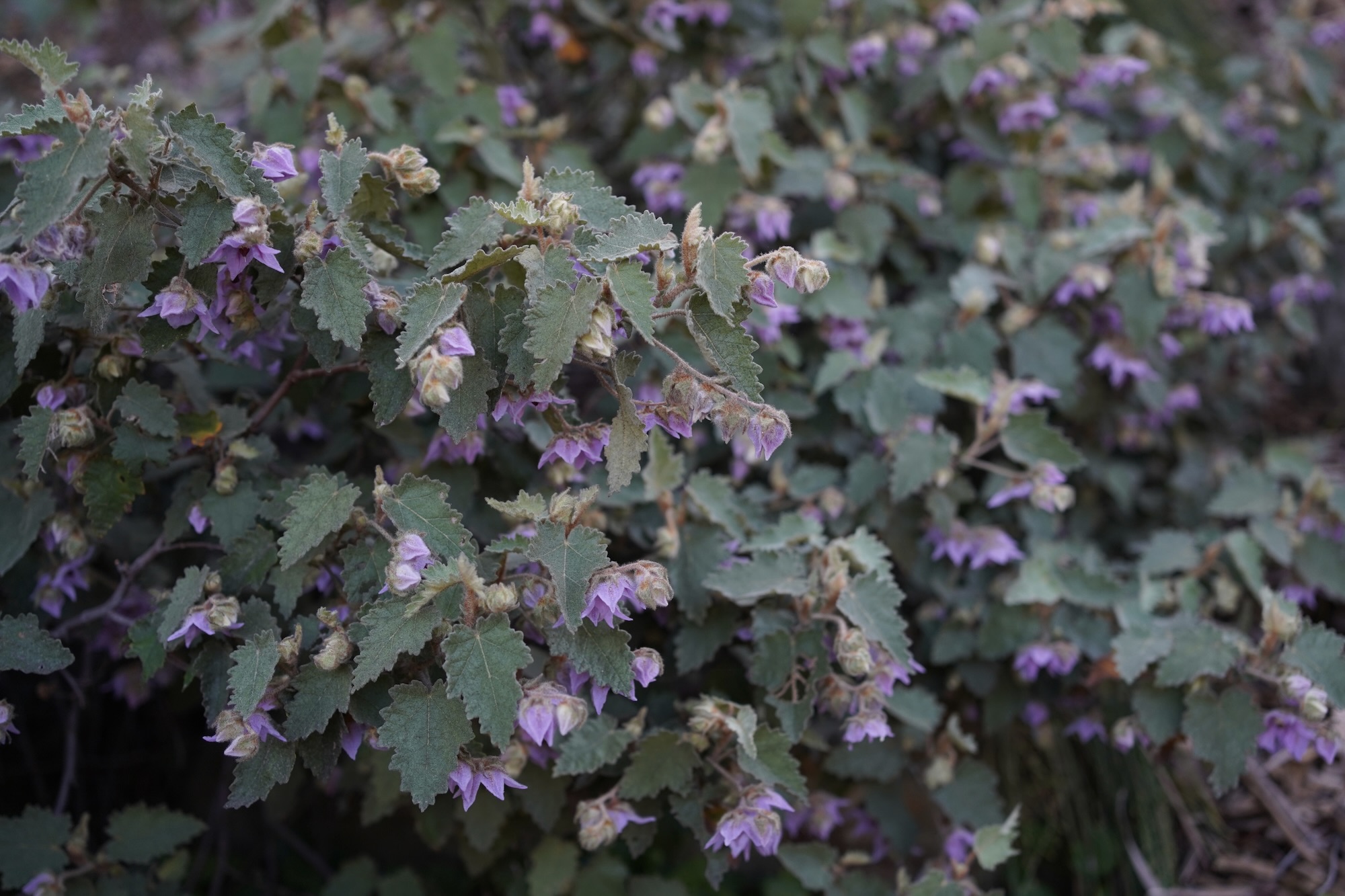
Two top Thomasias: Thomasia macrocarpa and Thomasia solanacea
Thomasia is a native shrub species which can be found largely in the south of Western Australia, like many of the species located in that area of Australia it is quite adaptable. For some reason all of this genus is endowed with showy, textured foliage like few other native species, making them a wonderful edition…
-
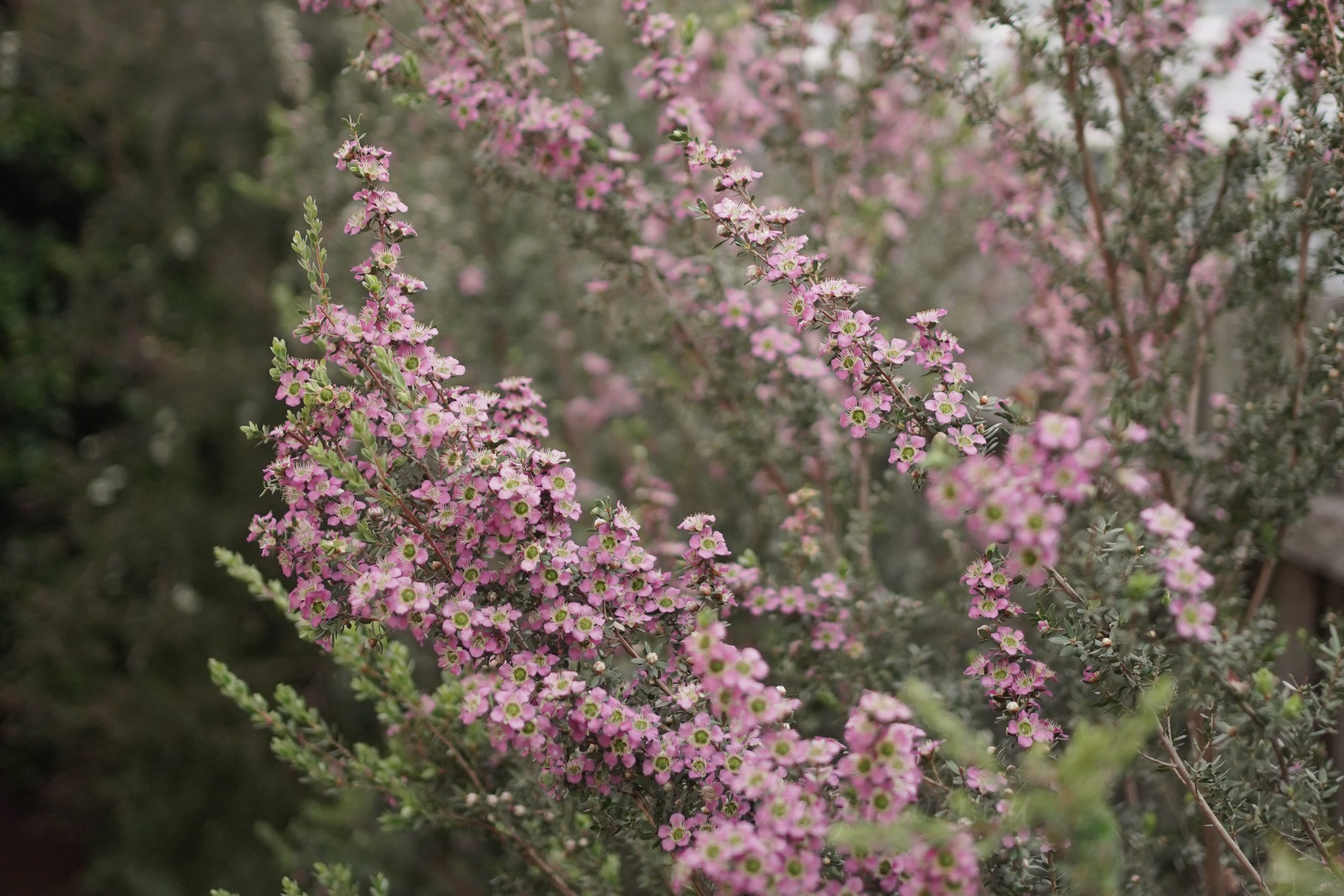
Privacy with punch: Leptospermum lanigerum ‘Seclusion’
Please meet Leptospermum ‘Seclusion’ which I am finding to be an outstanding native screening plant, originally I admit to buying it for its intriguing cultivar name ‘Seclusion’, who doesn’t want that in their garden right? It also has a classic favourite colour combination of mine which is grey leaves with pink flowers, and what a…
-
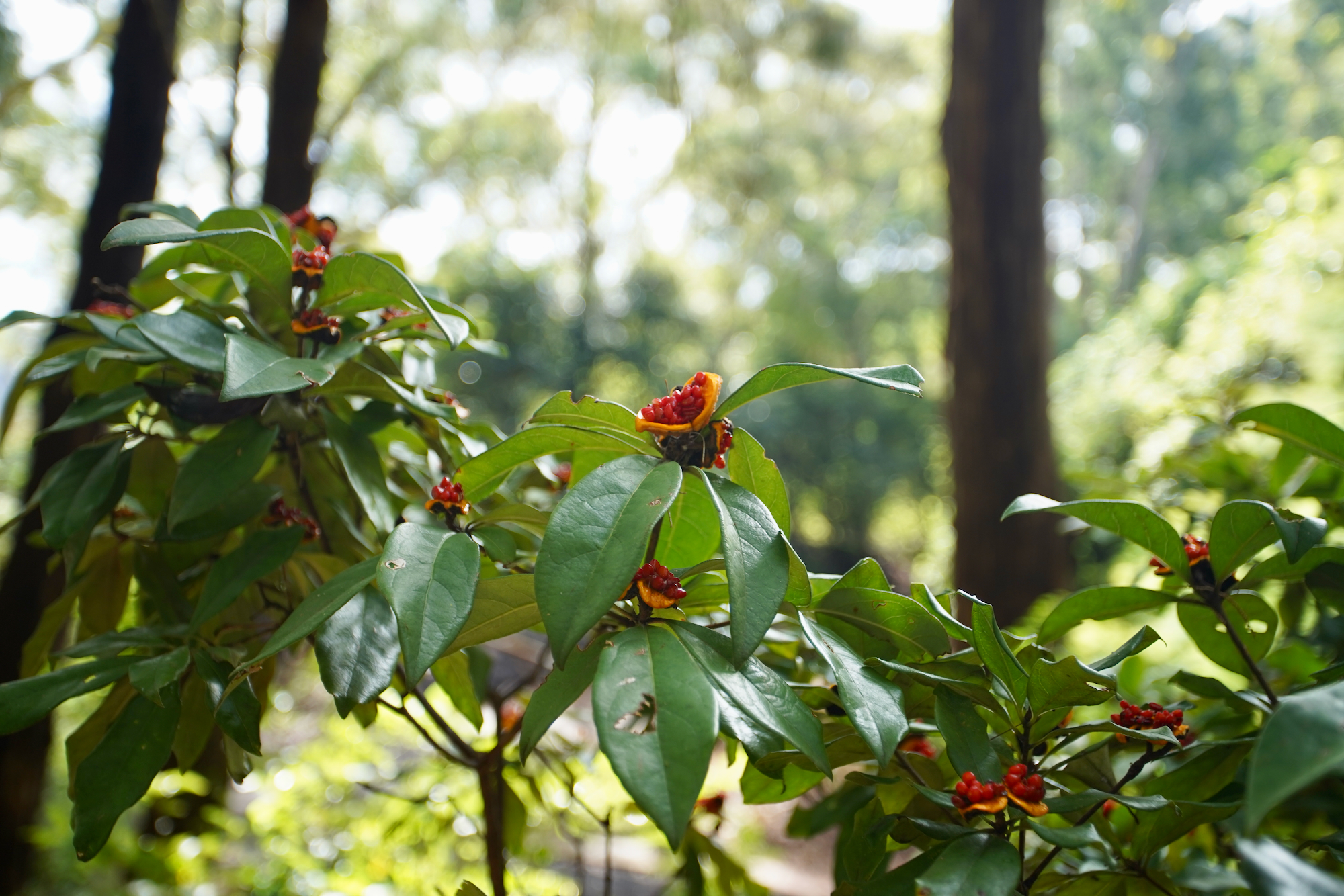
Pittosporum revolutum and its eye catching fruit
This is Pittosporum revolutum, a medium shrub with jasmine-scented blossoms which flowers profusley in Spring and then is covered in decorative fruit in Autumn. When flowering the scent permeates the whole garden and is often commented on by visitors. In the bush it grows as an understory plant and often gets quite leggy, but pruning…
-
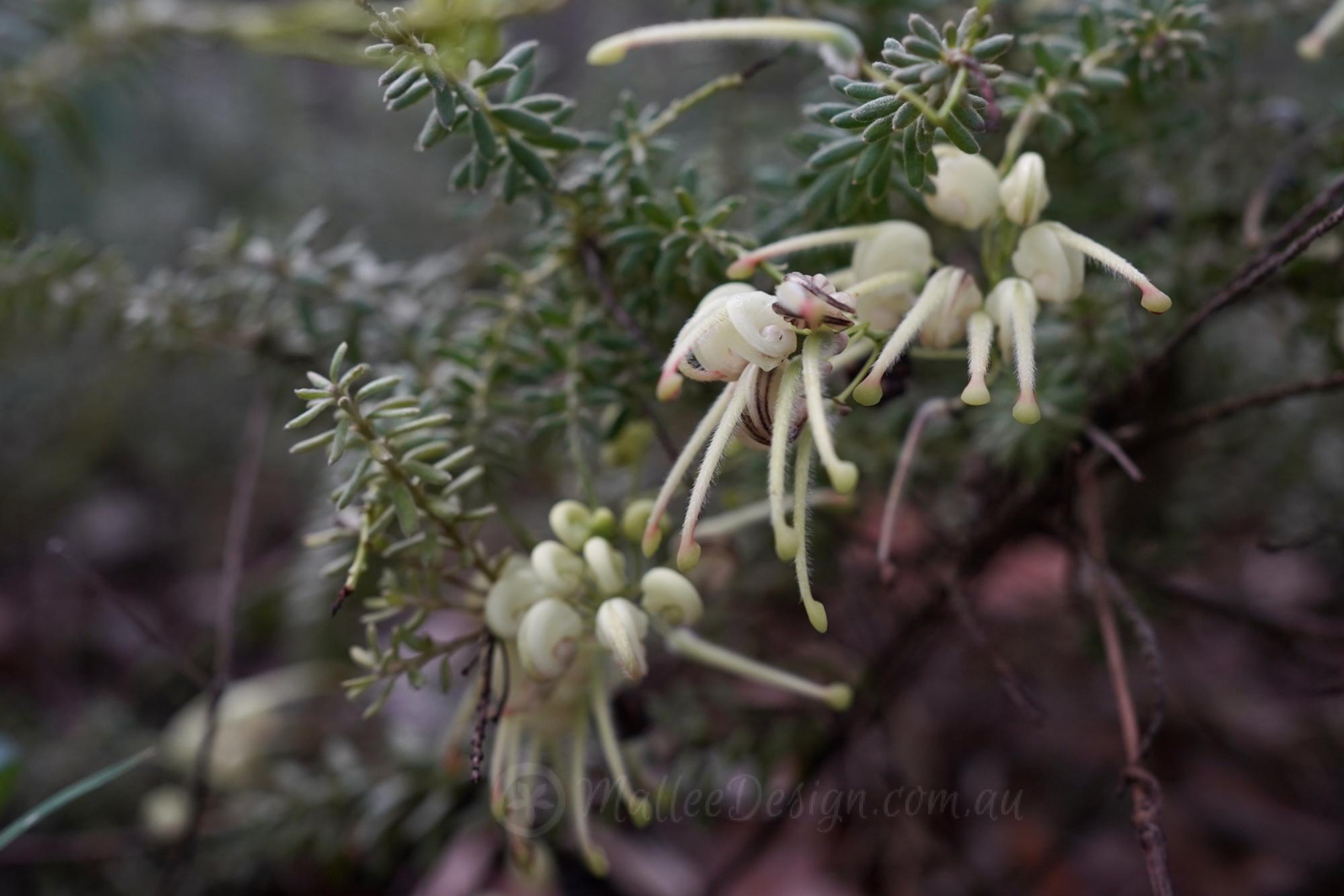
Light it up: Grevillea lanigera ‘Mellow Yellow’
I have mass planted Grevillea ‘Mellow Yellow in a semi shaded position in my garden and have been surprised at its tenacity and ability to cover its self in blooms for an extended period of time. The small striking spider like flowers appeared in Summer and are showing no sign of slowing down as we…
-
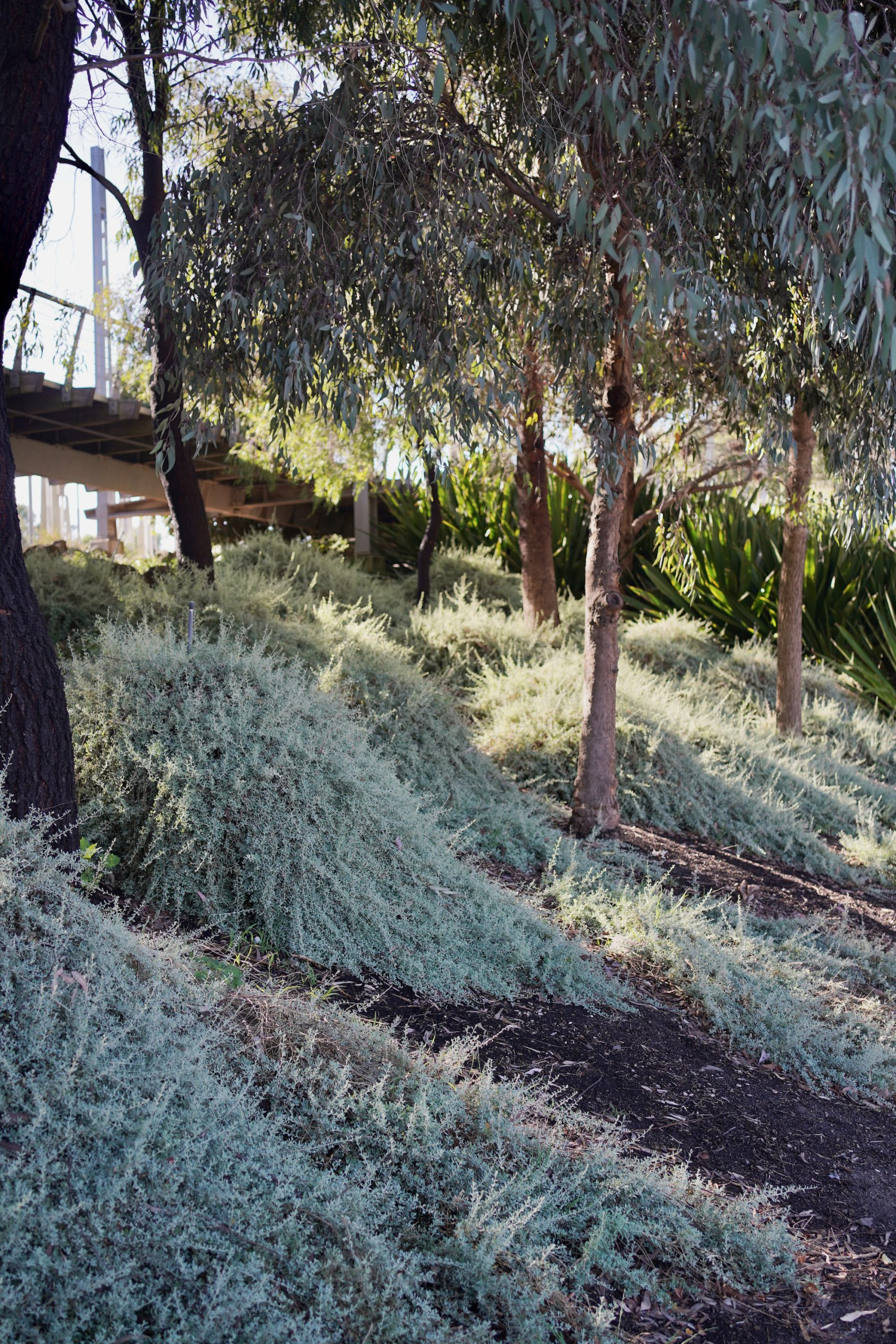
Native plants in the Melbourne City Streetscape
This post is all about praising the plant selection used in the ‘Grey to Green’ project in the City of Melbourne. Much of the plant palate features native species, and on a recent tour I was so impressed with the combinations and utilisation of these species that I felt the need to share some photos…
-
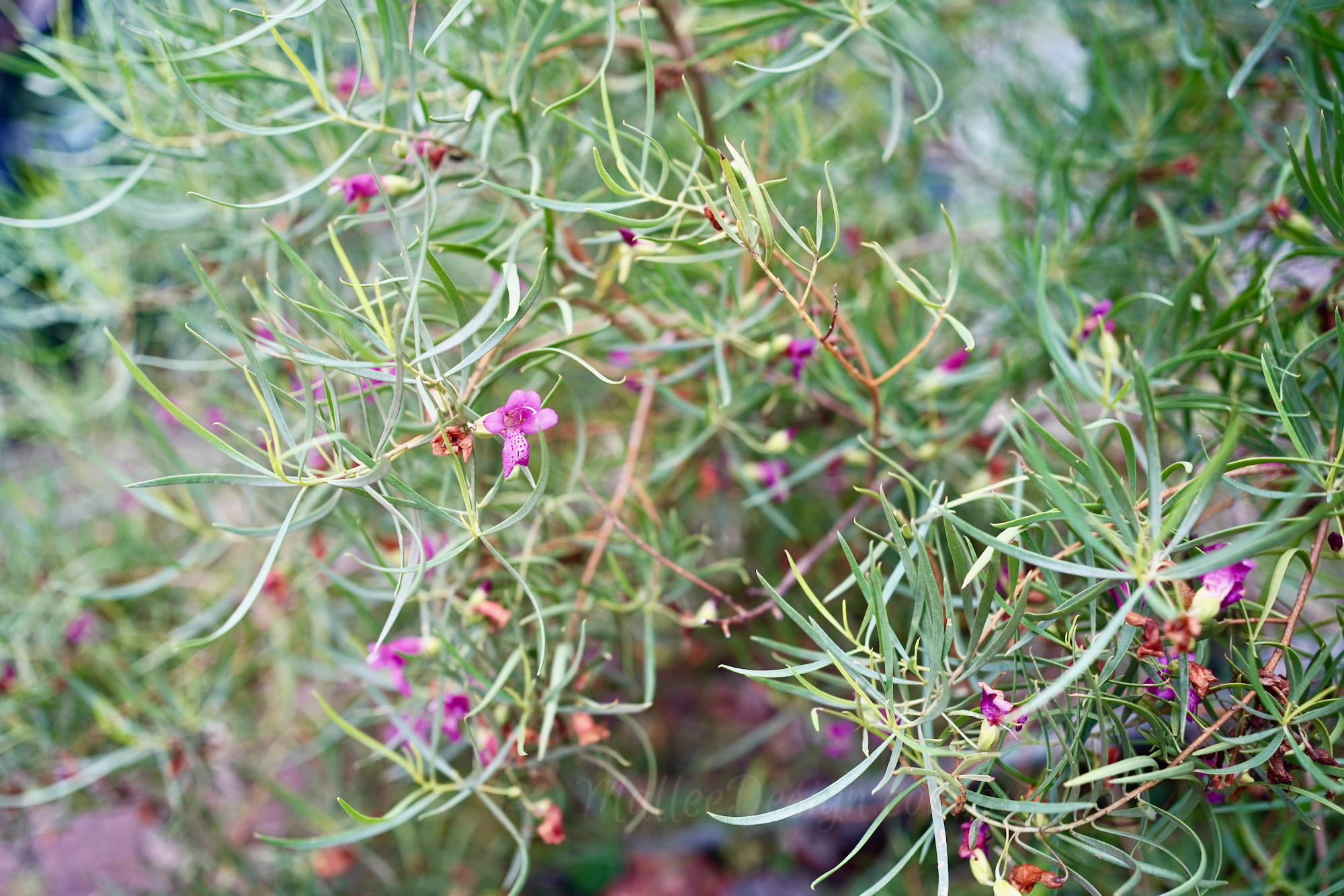
Emu Bush Challenge No. 10: Eremophila ‘Meringur Crimson’
And so it continues … documenting my Eremophila discoveries, I will get to 12 one day! As we approach the end of another La Niña Summer, where heavy downpours are common and the humidity is high, it is a great chance to reflect on hardy, flexible native plants. Amongst the surprises are many species of Eremophilas…
-
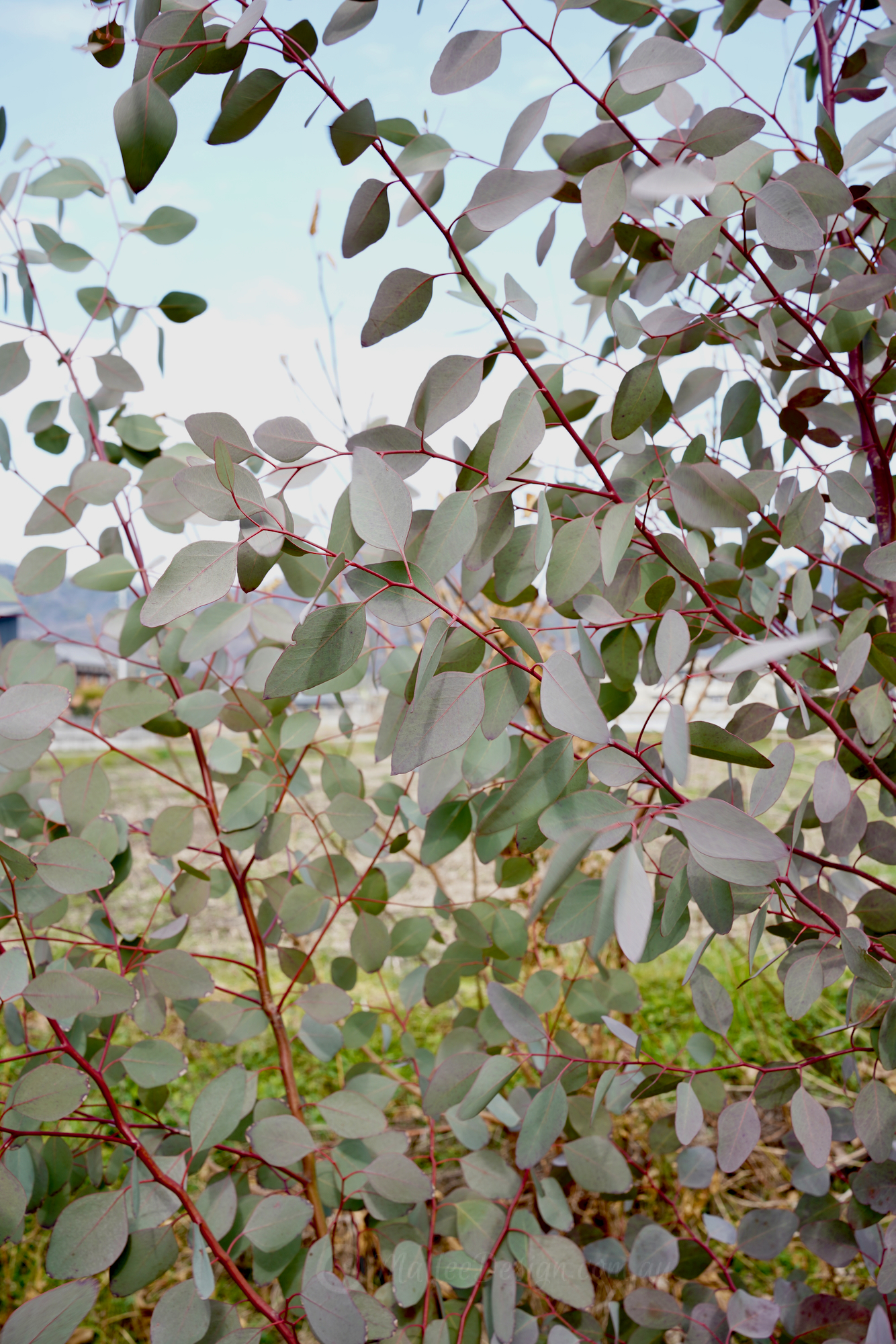
Australian Native Plants in Japan
It was inevitable that I wouldn’t be able to turn off my native plant nerd brain whilst overseas in Japan last month…. I tried, I really did. I took photos of Japanese plants, seed pods and flowers and researched after visiting the gardens and temples. BUT every Australian plant seemed to call out to me…
Tag: grey green leaves


